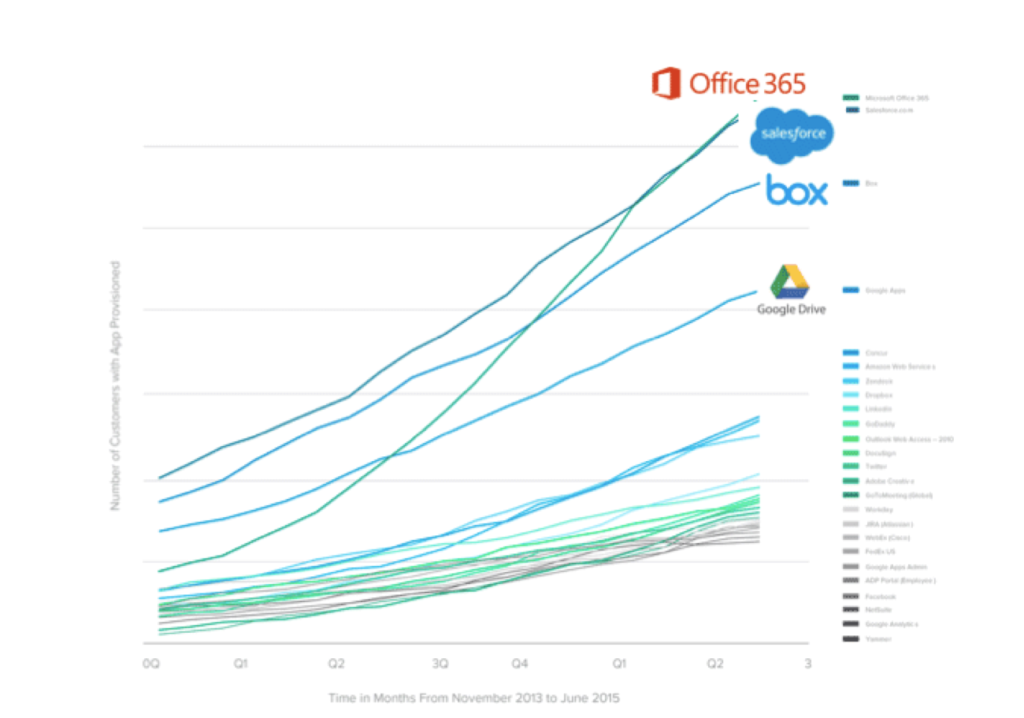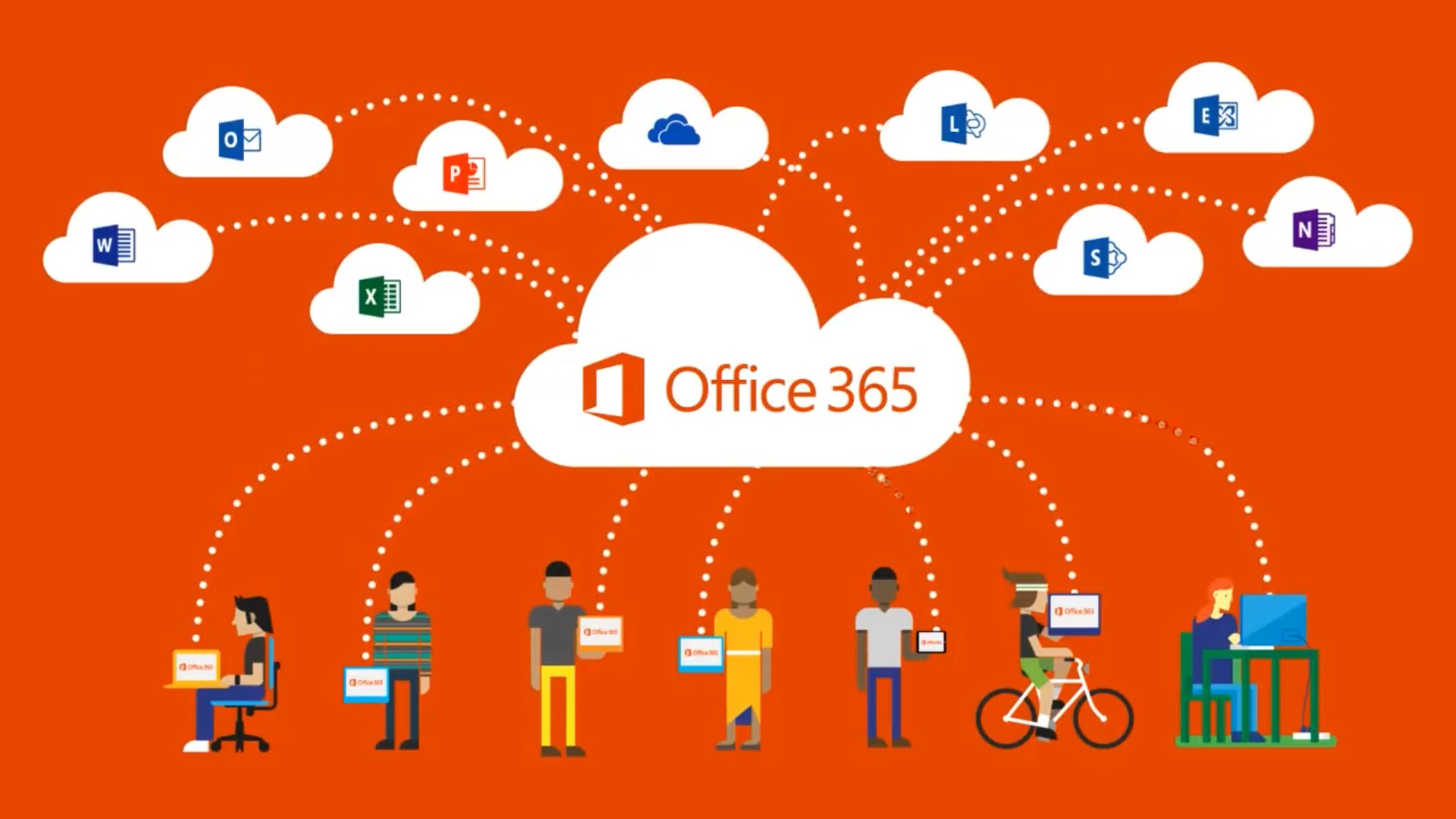Microsoft Office came into existence nearly 25 years ago, at a time when not many people in the world even had a computer in their homes. Since then the lead application of Microsoft’s Office Productivity suite has undergone many iterations to become a huge asset to Microsoft’s arsenal. The Microsoft you see today is not all the one you remember from ten years ago. The company has furiously pushed itself to become a Software-as-a-Service (SaaS) provider using cloud as the preferred method of delivery.
The Impact of Mobility on Microsoft’s Business
And then along came Steve Jobs, who revolutionized the mobile world and converted all of us into smartphone aficionados, pushing feature phones – which we used for many years – to become a part of our memories instead of being a part of our lives. The transition into the age of mobility was so swift that it has even started to blur the lines between smartphones, tablets and personal computers. Mobile devices are getting more powerful with each passing year, thus reducing the gap between them and their bigger brothers – personal computers.
Inevitably, PC sales nose-dived due to this evolution, and most of us today use personal computers only to do our daily work because smaller screens aren’t all that great for tasks that need to performed over eight-hour work days. As a result, PCs are now more prominent at the workplace, while the rest of our time is hogged up by mobile devices.
But while PCs ruled the world Microsoft made a lot of money selling Windows, the most prolific desktop operating system in the world. Fortunately, they perceived the threat of mobile usage early on and started pushing their “mobile first, cloud first” agenda with the entry of Satya Nadella into the top position in the company.
A New Philosophy Supported by Office 365 Growth
Armed with this new philosophy, the company doubled down on its efforts to become a full-service cloud provider, covering several different areas within the segment and offering infrastructure services, software services and software developer tools. As a result of this new direction, things have been going well for the company over the past few years, and Microsoft is now in a fight to reduce the gap with the the current leader of the cloud industry, Amazon.
But Microsoft has an edge that Amazon will never have – a robust suite of productivity applications that goes by the name of Office 365 and is crushing the competition. Between November 2013 and June 2015, Microsoft’s Office 365 has moved from fourth position to the number one spot, beating Google Apps, Box and Salesforce as the most popular service among companies using Okta’s device and management services.
“We’ve noticed something quite extraordinary happening on the Okta Application Network over the last few months: Microsoft Office 365 is quickly working its way to #1 – meaning the most commonly deployed application in our network of 4,000+. It’s also already the most used application (measured by raw number of authentications) across our 2,000+ customers. As Office 365 includes email, collaboration, calendaring and more, if an organization deploys Office 365, it’s often the most commonly used and used nearly every single day.” – OKTA

Admittedly, 2,000+ customers is a relatively small sample size for a company whose products and services are globally known, but it highlights a very key trend among companies using productivity apps. The majority of them are clearly opting for Office 365 over other options like Google Drive and its applications.
“Part of this growth can be explained by Microsoft’s broader price structures, offering more tailored solutions compared to the competition. The Office 365 website offers seven different packages, with varying pricing structures, that start at $5 per user/month for an annual commitment to the Business Essentials package, all the way up to $22 per user/month for the full Enterprise E4 package.” – IB Times
Office 365 is the New Gateway for Microsoft Customers
When you consider the fact that when a company starts using even the basic Office 365 tools, subscriptions to other apps like Outlook, Skype and OneDrive are just a click away. Just looking at research and analyst firm Gartner’s comments tells us a lot about Microsoft’s recent achievements in this area on the strength of Office 365 growth.
“The cloud email market is still in the early stages of adoption with 13 percent of identified publicly listed companies globally using one of the two main cloud email vendors, according to Gartner, Inc. A recent study by Gartner found that 8.5 percent of public companies in the sample use cloud email from Microsoft’s Office 365 service, while 4.7 percent use Google Apps for Work. The remaining 87 percent of companies surveyed have on-premises, hybrid, hosted or private cloud email managed by smaller vendors.
Among public companies using cloud-based email, Microsoft is more popular with larger organizations and has more than an 80 percent share of companies using cloud email with revenue above $10 billion,” said Jeffrey Mann, research vice president at Gartner. “Google’s popularity is better among smaller companies, approaching a 50 percent share of companies with revenue less than $50 million.” – Gartner
So Office 365 as well as related cloud mail services are doing much better in the enterprise segment, while Google’s services are practically out of the picture in the cloud email space, which includes Gmail.
But this is not surprising. Microsoft has always had a very strong relationship with enterprise-level companies, having provided Windows and Office products under the traditional licensing method for years. Their transition into a cloud-based model, therefore, is understandably well-received by larger companies that are already familiar with these software applications.
This subtle shift – from licensing products to offering them on the cloud as subscription services – has made a massive difference to Microsoft. They’re still bleeding money in their licensing business, but revenues from new businesses that are cloud-related are growing at an extremely healthy rate. Infrastructure and software services on the cloud are now becoming Microsoft’s forte, and Windows is being seen merely as a stepping stone for Microsoft to move into the devices market once again after the failed attempt with Nokia.
Moving forward, we can expect Microsoft to capitalize on its new strengths and keep increasing its cloud-based revenues as well as income from the relatively new but hugely popular Surface range of devices.
Thanks for reading our work! If you’re on Apple News, please favorite the 1RedDrop channel to add us to your news feed, or Like our page on Facebook. Please bookmark our site for more insightful articles on current and future technologies that are changing our lives.



